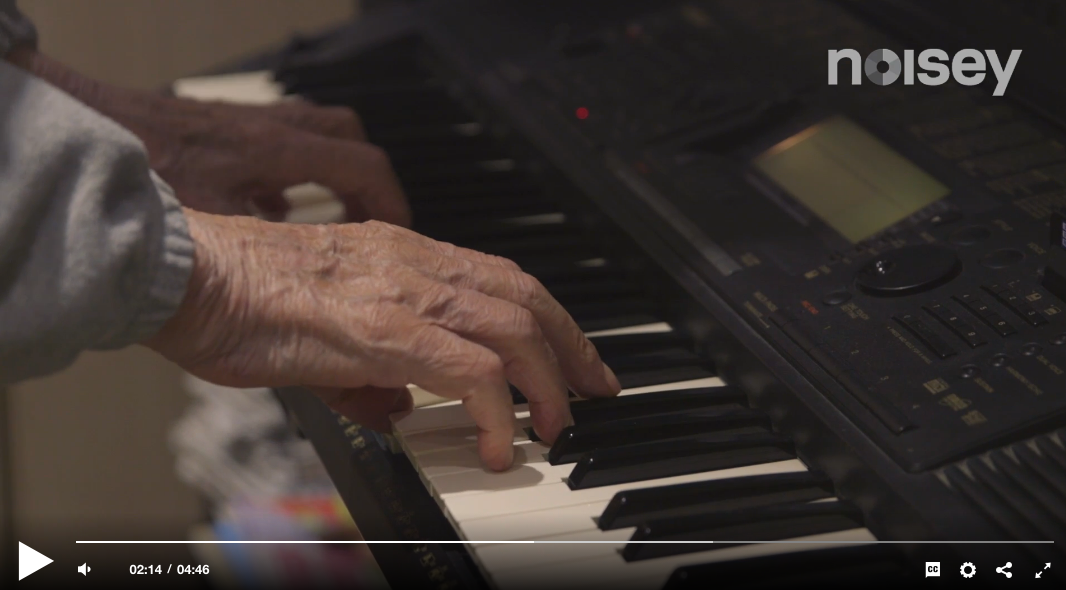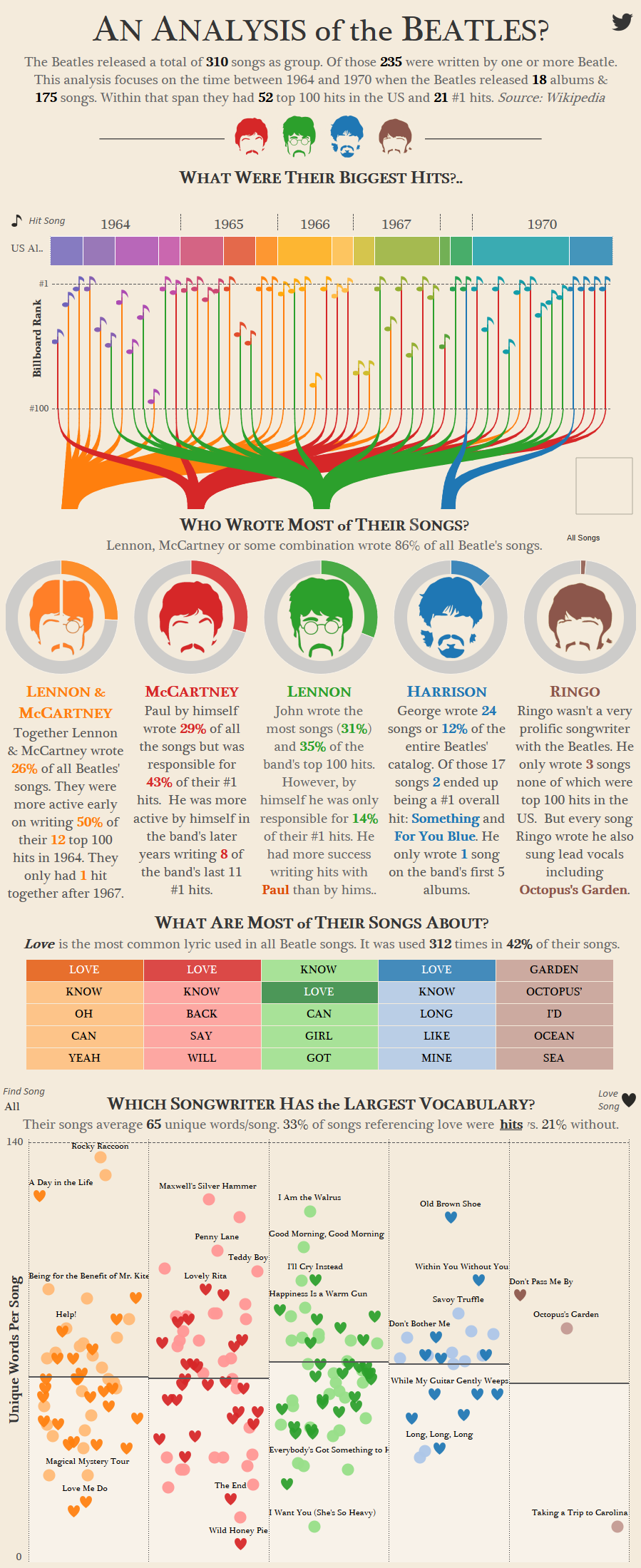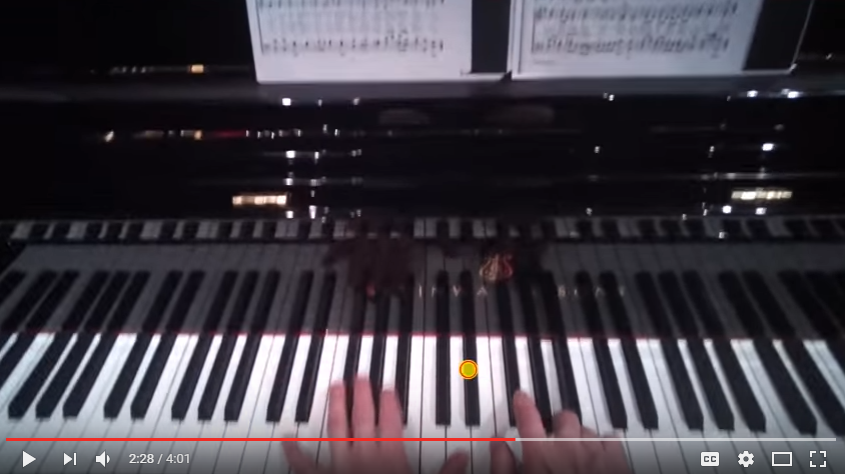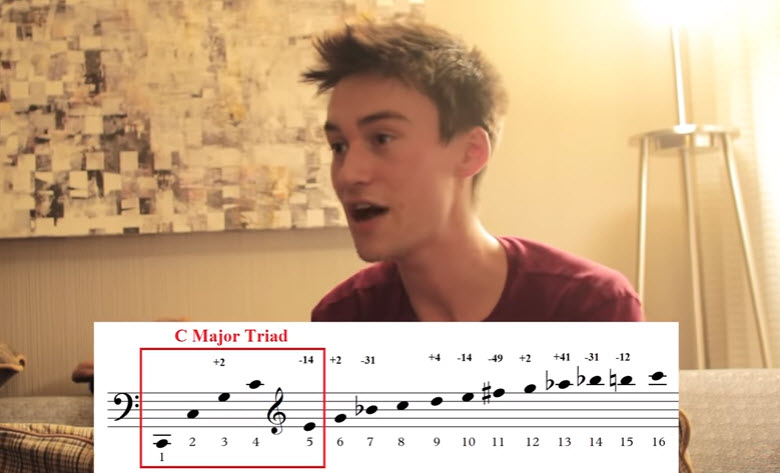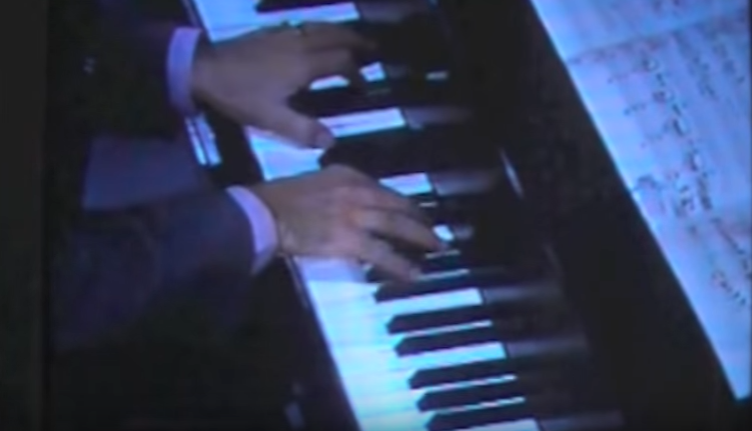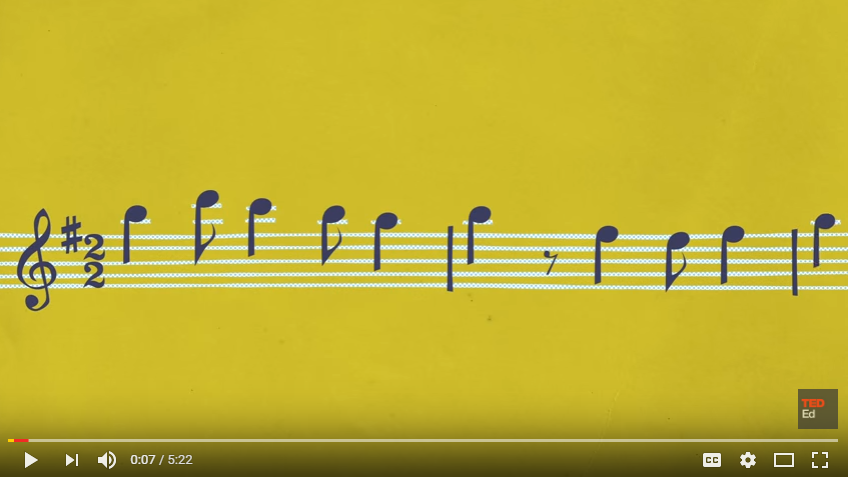Have you ever met someone who needs absolute silence to concentrate? Maybe you’re that person yourself. It turns out that having music playing while you work can actually make you more productive.
A staggering 90% of workers perform better when listening to music, and 61% of employees listen to music at work to make them happier and more productive.
Additionally, music can have an impact on our spending habits. 4 in 10 business owners believe playing music increases sales.
Music is processed in the auditory cortex and stimulates memories from the hippocampus of the brain. Additionally, it activates the motor cortex, which is what makes you tap your foot or shake your shoulders to a song.
Music also releases dopamine in the reward center of the brain (the same chemical released when you eat your favorite food). That’s why you feel better when you hear a tune you love.
If you’re trying to figure out what Pandora station to listen to, it depends on what you’re doing. Ambient music is great for data entry, while dance music can help you proofread. If your work requires you to focus, it’s best to listen to familiar songs.


